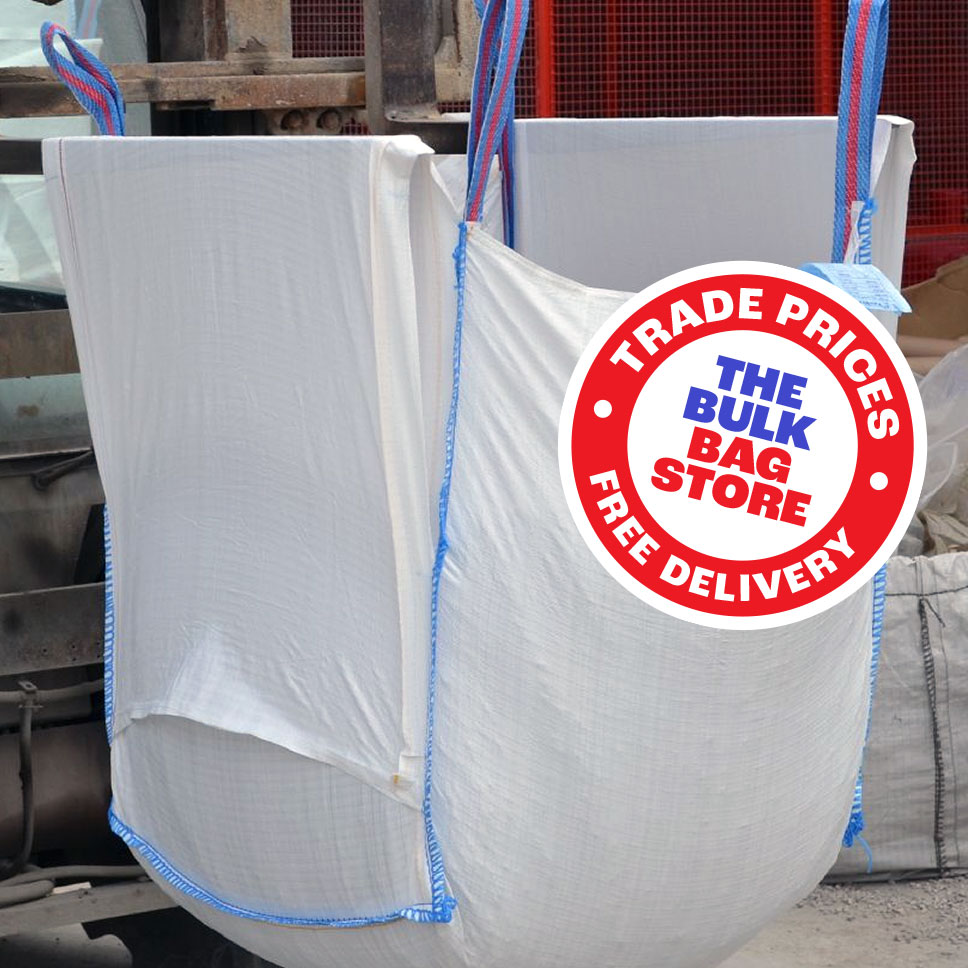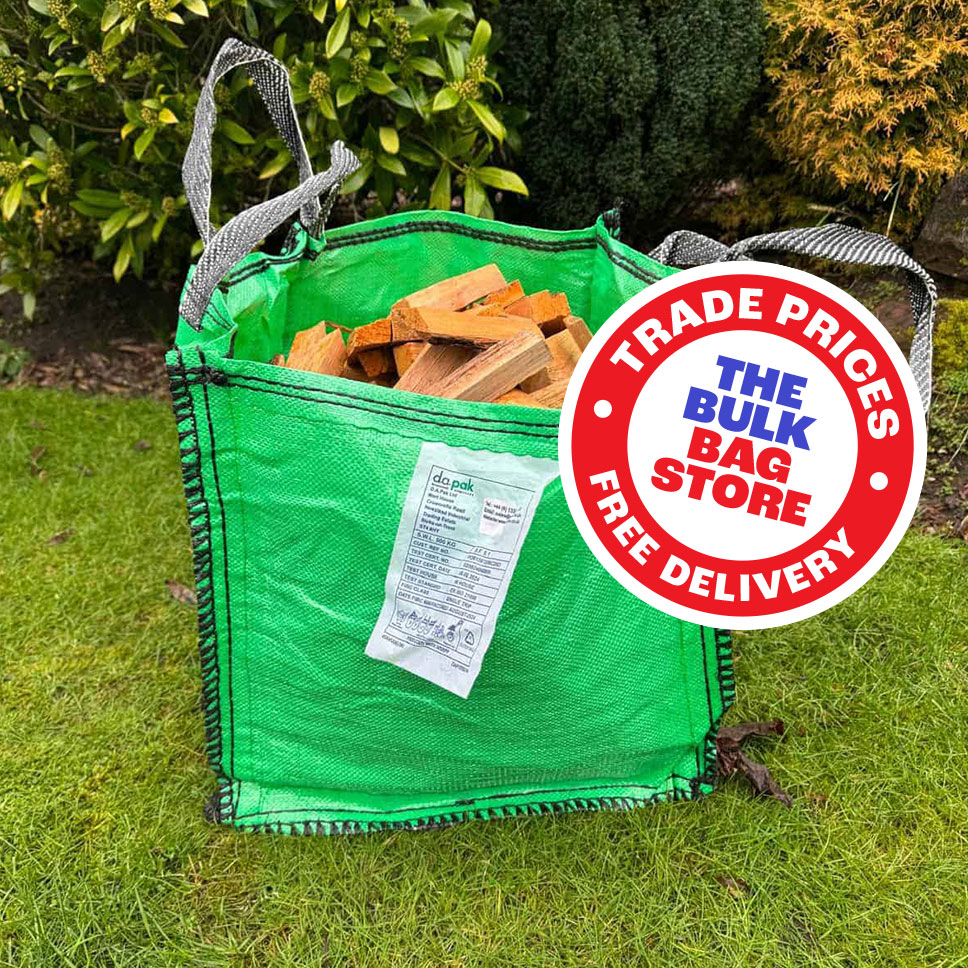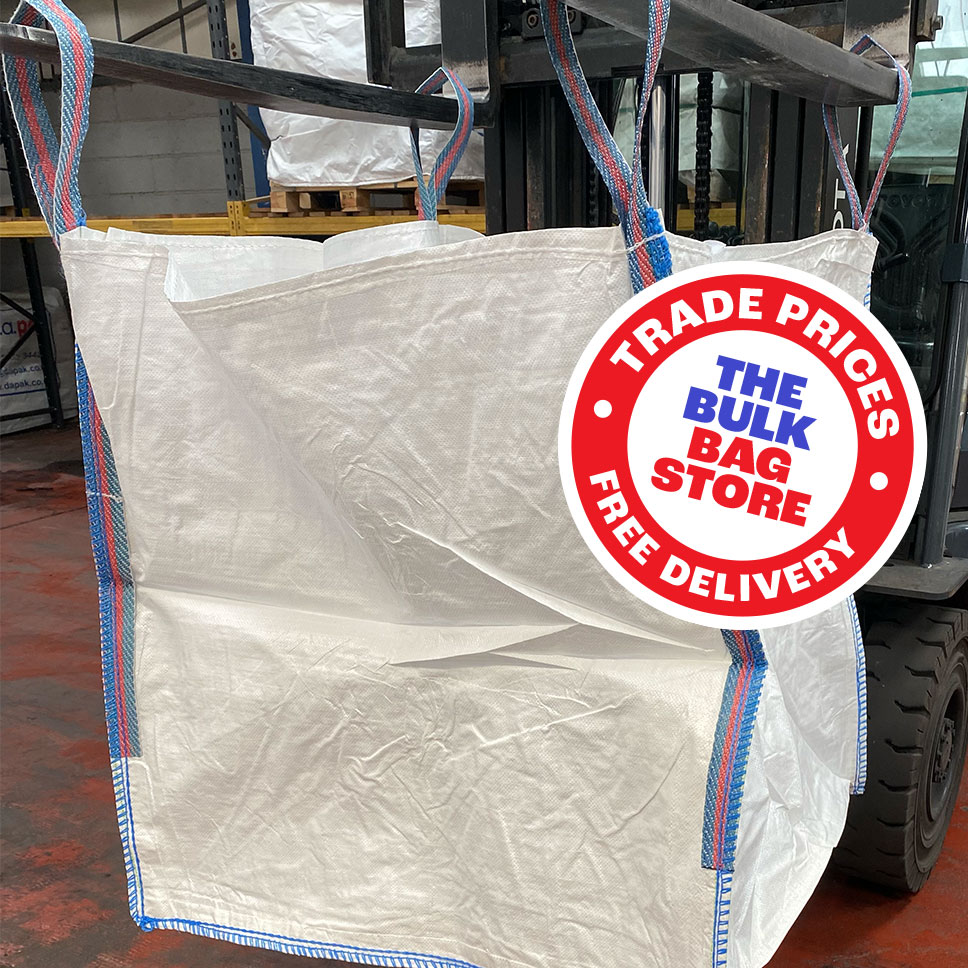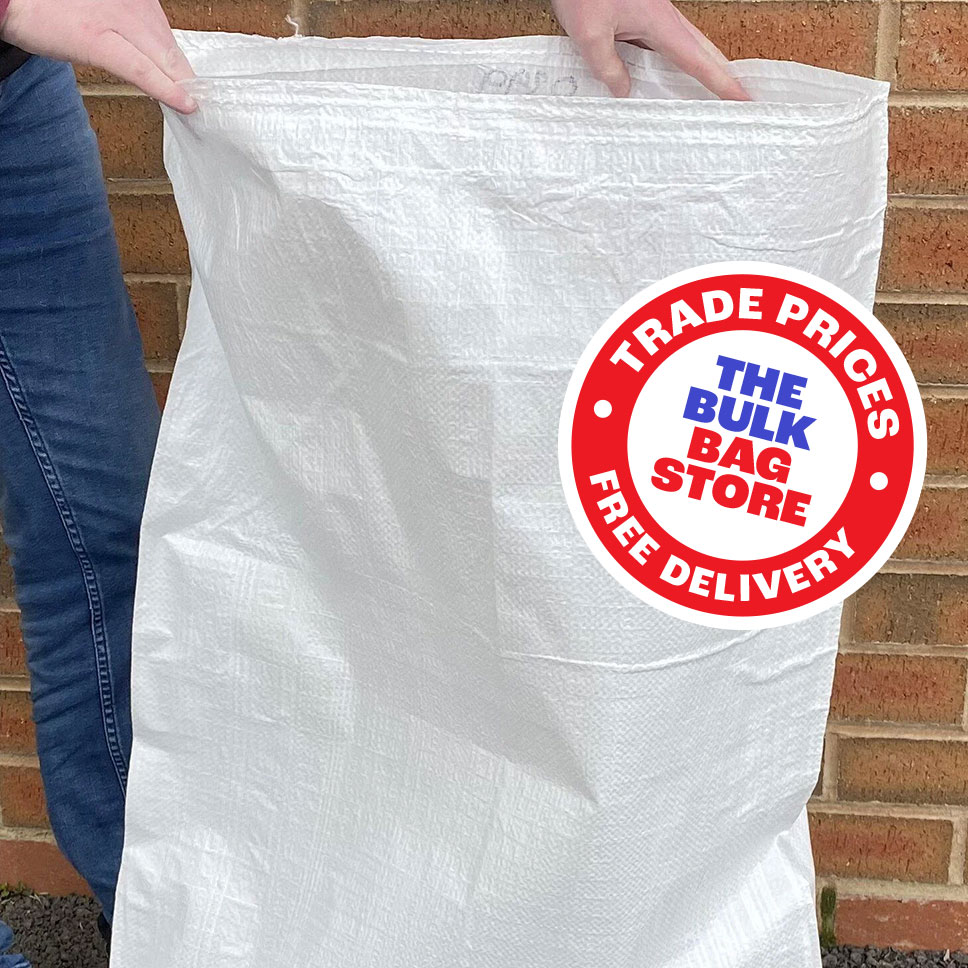Trends in Packaging for 2025
Now more than ever, the packaging industry is all about reducing costs, being sustainable and streamlining processes. Here’s what’s happening in the UK:
1. Sustainability as standard
Sustainable packaging isn’t a choice anymore. Retailers and packaging companies are under a lot of pressure – both costs and regulations – to reduce their use of single-use plastics (like Extended Producer Responsibility (EPR)).
In heavy-duty industries, woven polypropylene bulk bags are still a great cost-effective option. Durable and reusable, they’re reliable packaging solutions that still support sustainability.
2. Smart packaging
Technology is completely changing packaging design. Smart packaging using QR codes, RFID tags – and even AR – are helping businesses like yours by:
- Tracking goods through the supply chain
- Giving recycling instructions to customers
- Reducing transit damage by improving monitoring
These innovations are growing across the board. While some are obviously geared towards large companies, if you’re a small business you can start by adding QR codes to your packaging to boost your customer engagement.
3. Minimalist, cost-effective design
Packaging design in 2025 is all about simplicity. Clean lines, reduced ink and lighter materials are everywhere.
- Right-sizing packaging cuts your void fill and lowers your shipping costs.
- Lightweight packaging helps cut your (rising) transportation costs.
- Minimalist designs for customers looking for sustainable, no-fuss products.
Fewer materials, lower weight and simple packaging all help you to cut costs without losing quality or product safety.
4. Customisation
Sustainable packaging isn’t a choice anymore. Retailers and Custom packaging isn’t just about premium finishes. In 2025, it’s about cutting your costs and improving your efficiency.
- Better product fit cuts your risk of transit damage.
- Smaller packs reduce your overall cost per unit.
- Custom solutions improve your warehouse stacking and pallet use.
Find out more about our Custom Print Bags.
5. Automation
Automation is transforming packaging machinery and processes. Robotic arms, automated box formers and smart filling machines are now an option for lots of manufacturers.
While automation obviously needs you to invest a lot at the start, it can really help reduce costs in the long run – especially for your larger orders or high-volume deliveries.
6. Local sourcing
With all the recent supply chain disruptions, businesses are starting to look closer to home. Going local for your packaging materials and manufacturing will help you reduce rising transportation costs, lower your carbon footprint and improve the reliability of what you’re getting and when.
If you’re using bulk packaging, it’s especially valuable for keeping your delivery times shorter and giving you a stable stock supply.
7. Growth of reusable packaging
Legislation like Extended Producer Responsibility (EPR) is driving thousands more businesses to reusable packaging. From retail containers to heavy-duty returnable bulk bags, companies are beginning to see both environmental and financial benefits.
Reusable packaging supports your sustainability goals, reduces your long-term cost and gives your customers what they’re looking for – a business with sustainable solutions that give them both value and reliability.






